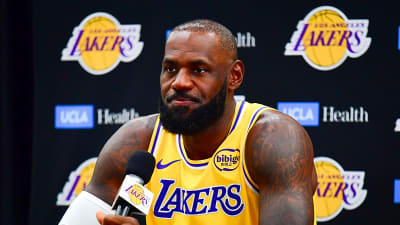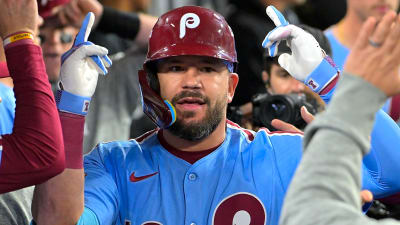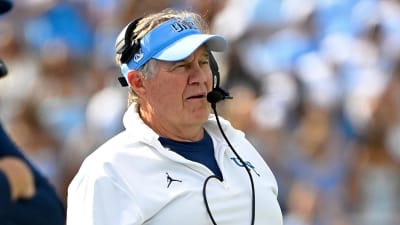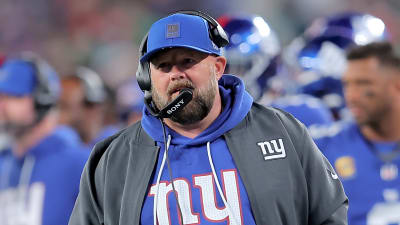
The 2025 New York Mets will live in infamy. A team with the likes of Juan Soto, Pete Alonso, Francisco Lindor, Edwin Diaz, Brandon Nimmo, and a payroll of $333.3 million didn’t make the expanded playoffs. The Mets failed to do so after holding Major League Baseball’s best record on June 13th at 45-24. The steep drop is incomprehensible, and on Monday afternoon, General Manager David Stearns took full blame for the catastrophe. The question is, what is he going to do about it?
Cohen Apologizes To Fans
New York owner Steve Cohen s ent a tweet yesterday apologizing to the fanbase for the horrific season. He made it clear that the results were unacceptable and that the enthusiasts’ passion is what drives the organization. Cohen said that he would work with his management staff to figure out the reasons why the season went off the rails.
Upon taking over the Mets in 2020, Cohen set a five-year mission to win a championship. That hasn’t happened, but tweets like yesterday show an engagement that few other MLB owners, if any, follow. Ask Pittsburgh Pirates fans, for example, if they would like their owner to be accountable to them and apologize for yet another disappointing season.
Cohen set the tone for the offseason, and it is on Stearns to pick up the baton. The causes of this dreadful season shouldn’t take long to figure out. They revolve around starting pitching.
Stearns Choses Discount Arms
Stearns believes in a philosophy that eschews spending big on rotational arms 30 years and older. In theory, it’s a good strategy, but not when it means acquiring only discount arms. To a degree, Stearns got away with this in 2024 and then pushed all his chips to the middle of the table for 2025.
During the Mets’ storybook run to the 2024 National League Championship Series, Stearns crafted a rotation of mid-level arms that each had something to prove. Sean Manaea, Luis Severino, and Jose Quintana all outperformed expectations and became a quality rotation by season’s end.
Stearns made little effort to bring back Severino and Quintana while resigning Manaea. He chose to go all in on Kodai Senga, who barely pitched in 2024, and Clay Holmes, a converted reliever. Stearns also banked on David Peterson carrying his 2024 second-half momentum for an entire season and discounts like Griffin Canning performing competently.
Looking for bargains and trying to maintain an edge in the baseball market is worthwhile, but it must complement a strong foundation. Instead, Stearns made it the entire game. In 2024, when the team was in retool mode and expectations were lower, it made more sense. In 2025, after signing Juan Soto to a massive deal and telling the world New York was all in, it made none.
Every pitcher in his rotation was an “if.” If they stayed healthy, they could perform. If they learned consistency, they could help a team win. If they avoided fatigue, they could be a playoff rotation. The starting corps didn’t have an ace, one that fans could look at as money in the bank. Everything instead was “hope.”
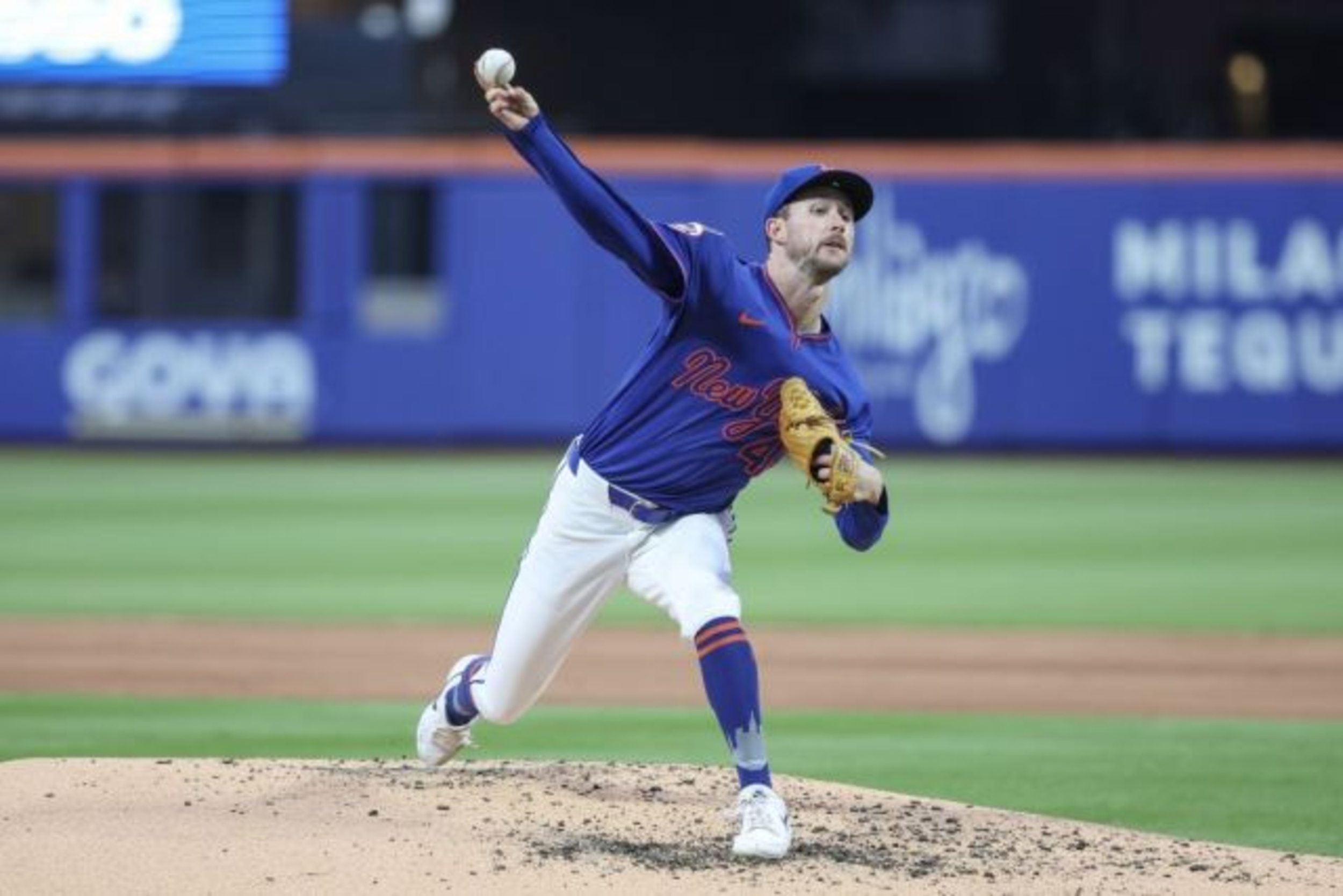
Bottom Falls Out
New York’s rotation for the first two and a half months was the best in the game. Holmes, Peterson, Canning, and Senga all had earned run averages of under three. It was the first time in 40 years the Mets had such a quartet. It had the feel, though, of a house of cards. Could the arms stay healthy?
Senga injured his hamstring and never regained his form. Canning tore his Achilles and was lost well into next season. Fatigue plagued Holmes and Peterson throughout the season’s second half; only Holmes managed to recover. Manaea never got on track as injuries destroyed his campaign.
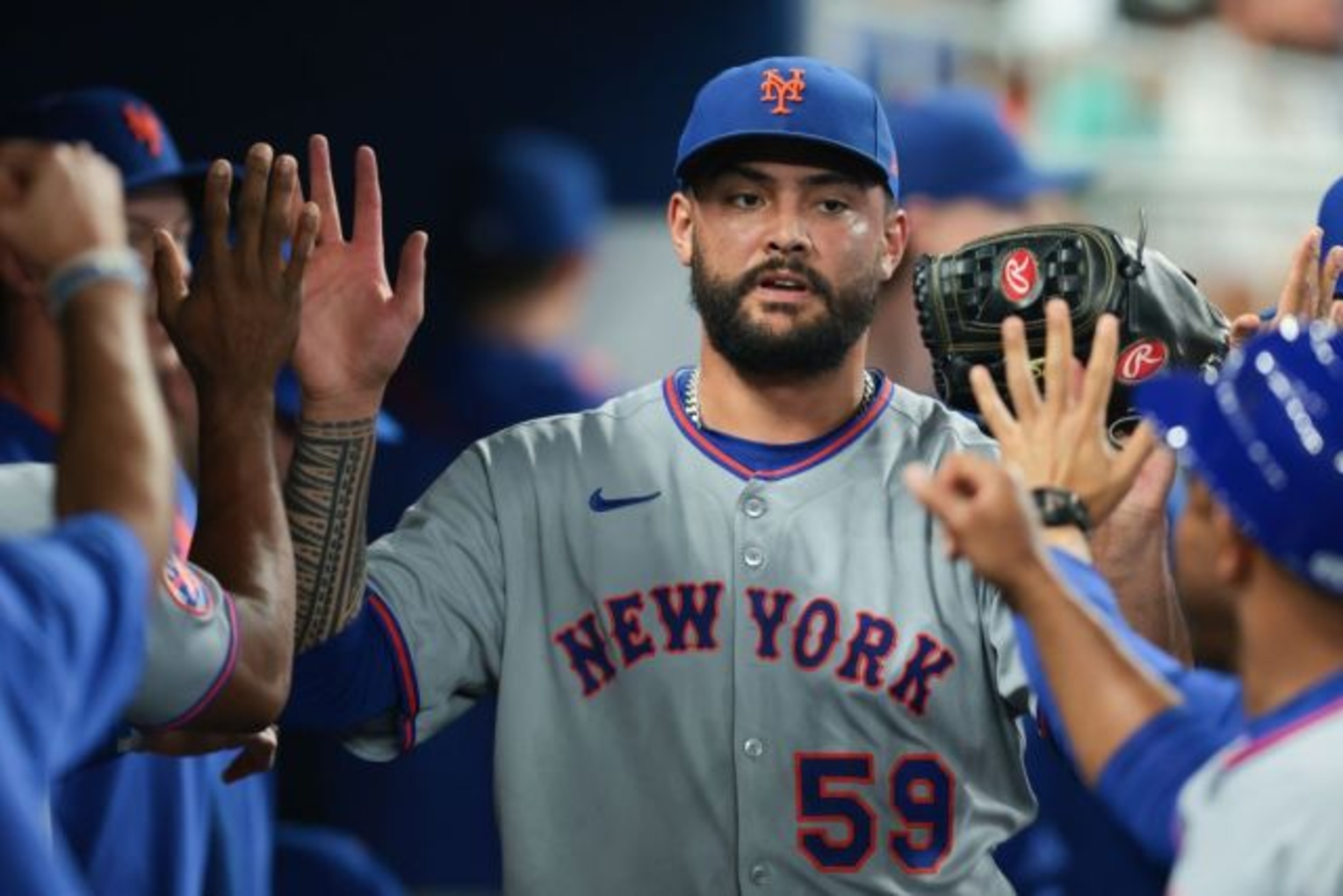
Cohen said that hope is not a strategy, yet that’s what Stearns ultimately banked on. He excelled in Milwaukee with an analytical, cost-effective approach. Limited finances forced such a plan; now, in New York, ample modification is needed.
Actions Must Support Words
Stearns didn’t hide in his press conference on Monday afternoon. He said the season’s failure fell on him, and he admitted that his moves had not worked. It’s easy to say that brutal honesty is what he should have given, but many management figures, especially in the MLB world, don’t fall on the sword.
Words must lead to viable actions, though. Will Stearns learn from 2025’s abject failure and modify his ways, or will he burrow deeper into the bunker, insisting his plan of action is best?
Stearns said yesterday that he must be more proactive. Without question, he must be. He tends to make one big move early and then step back and wait for the market to come to him. That can’t happen this offseason.
It’s doubtful a clearer need could ever be more present for a team than an ace is for the Mets. The days of rotational bargain basement moves must end; enough with hope. The absolute number one move must be to land a front-line starter, an arm who is in his prime and will stay upright.
Cohen made it a mission to transform New York’s farm system from a joke to one of the best. He has done so; top pitching prospects gave the Mets a mini boost towards season’s end and almost saved the year. Ample hitting and pitching talents have blossomed throughout the minor leagues. New York now has one of the top farm systems and the means to acquire whatever player they want.
An ace is likely going to have to come via a deal. So be it, the Mets need to be proactive, as Stearns admitted yesterday. Detroit Tigers mainstay Tarik Skubal will be a free agent after the 2026 season and is represented by Scott Boras. Will he resign before then? Can the Tigers afford him? Unlikely. A trade this offseason is probable. Stearns can prove he will be proactive by ensuring New York is at the front of the Skubal deal line.
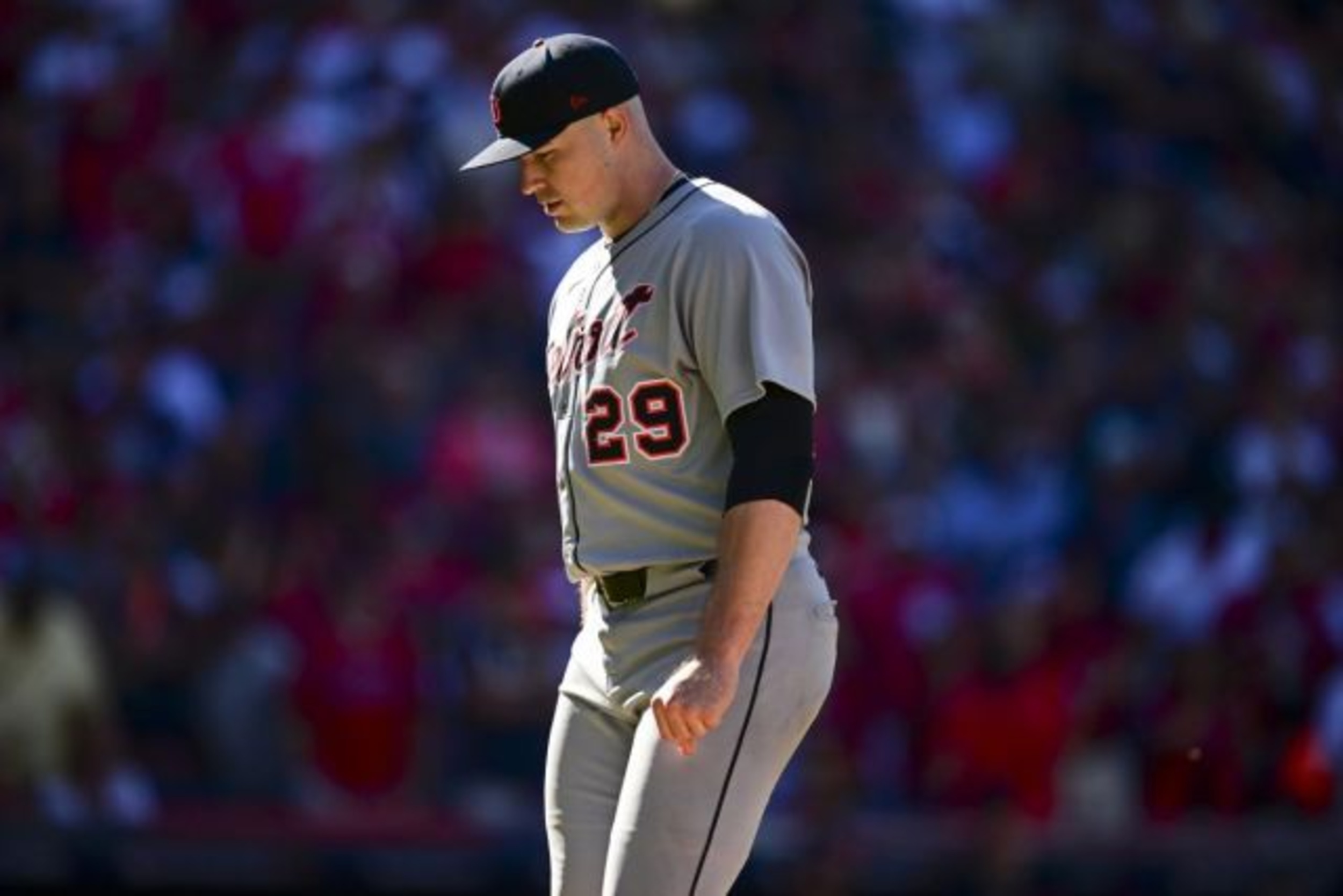
End Of My David Stearns Rant
One can make a strong argument that Stearns and Manager Carlos Mendoza should be fired. Instead, they look good for another year. If Cohen was really another version of George Steinbrenner, like some thought when he became Mets owner, they would have been gone immediately after Sunday’s game ended.
Cohen will spend money, but he is not prone to impulsive moves like Steinbrenner. He is banking on the quality that he saw in 2024 rather than the disaster in 2025. That could very well be a mistake if he doesn’t push Stearns towards a middle ground of analytical baseball thinking that combines dynamic spending. There can be both.
Iron sharpens iron, and many of the greatest lessons come from adversity. New York can become Phoenix Rising and emerge from the flame to transform 2025’s misery into a championship run if it embraces this season’s lessons.
No more of the half measures and the bargain basement hunting. Build the foundation through an elite rotation. The young arms showed promise; get some big guns to show them the way. Also, stop cutting corners on the designated hitter. Get a legitimate power bat who will ensure the Mets cash in with men on base. Kyle Schwarber comes to mind.
Stearns hinted at a greater emphasis on defense and execution. Miscues continuously befell New York, and fielding excellence gets overlooked. Strong defensive teams often finish near the top of the game and usually perform well in the playoffs. The Mets have the resources to create a balanced roster; use them.
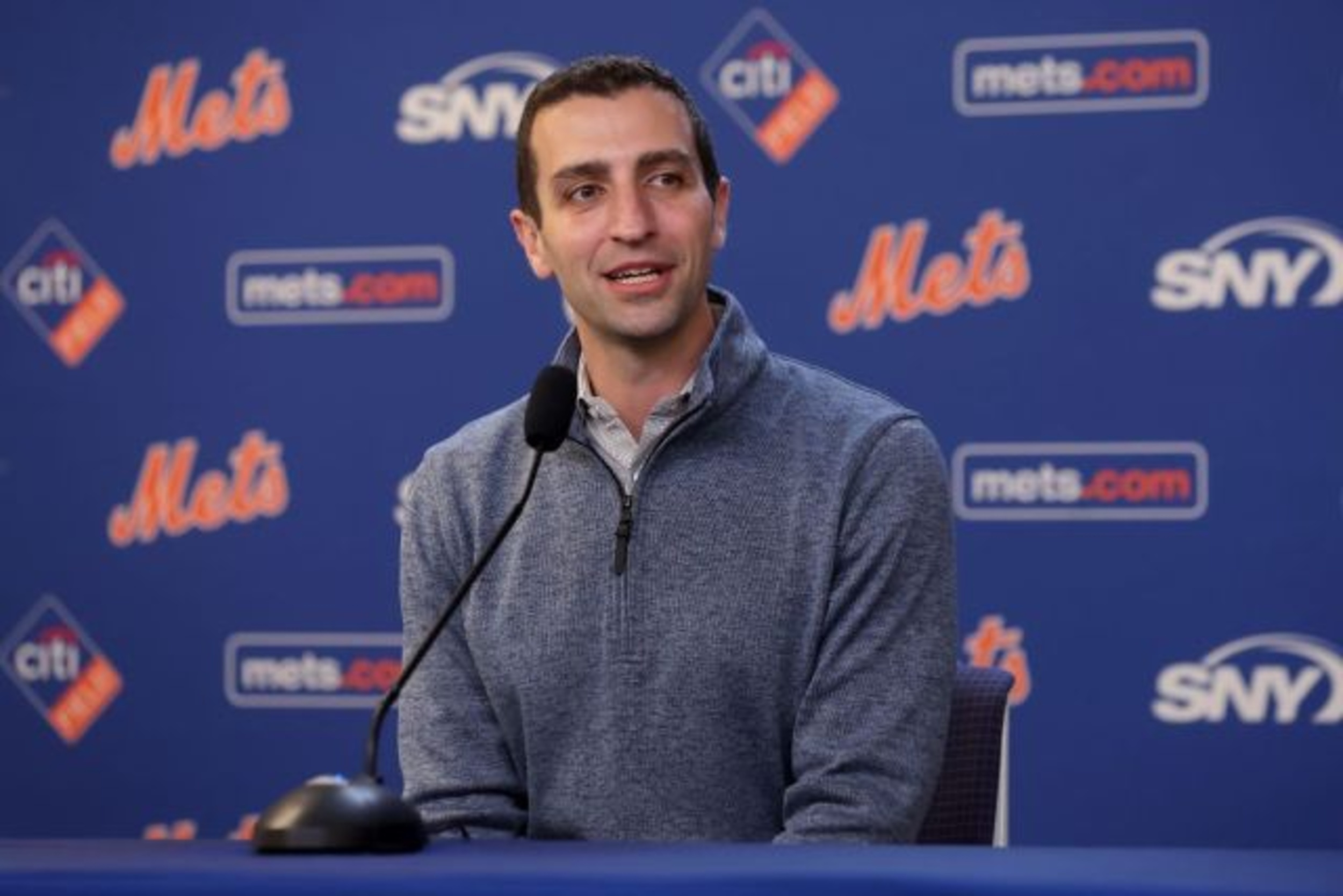
Finally, New York needs to prepare for what it is. It is still working to completely remove the bad vibes from the Fred and Jeff Wilpon, better known as the “Coupons,” days. The Mets need to anticipate the worst and be ready for it instead of looking like someone who got smacked around in a 12-round fight. Don’t react; instead, be ready for what will undoubtedly go wrong.
Stearns spoke a big game yesterday; now is the time to start backing it up. There is quite a mess to clean up, and New York will need every minute this offseason to fix it. The payoff, though, can be tremendous if the lessons are truly heeded.
More must-reads:
- MLB playoff takeaways: Yoshinobu Yamamoto throws complete game to give Dodgers a 2-0 lead in the NLCS
- Three teams that should be in the market for Kyle Schwarber this offseason
- The 'MLB playoff debut strikeouts leaders' quiz
Breaking News
Trending News
Customize Your Newsletter
 +
+
Get the latest news and rumors, customized to your favorite sports and teams. Emailed daily. Always free!
